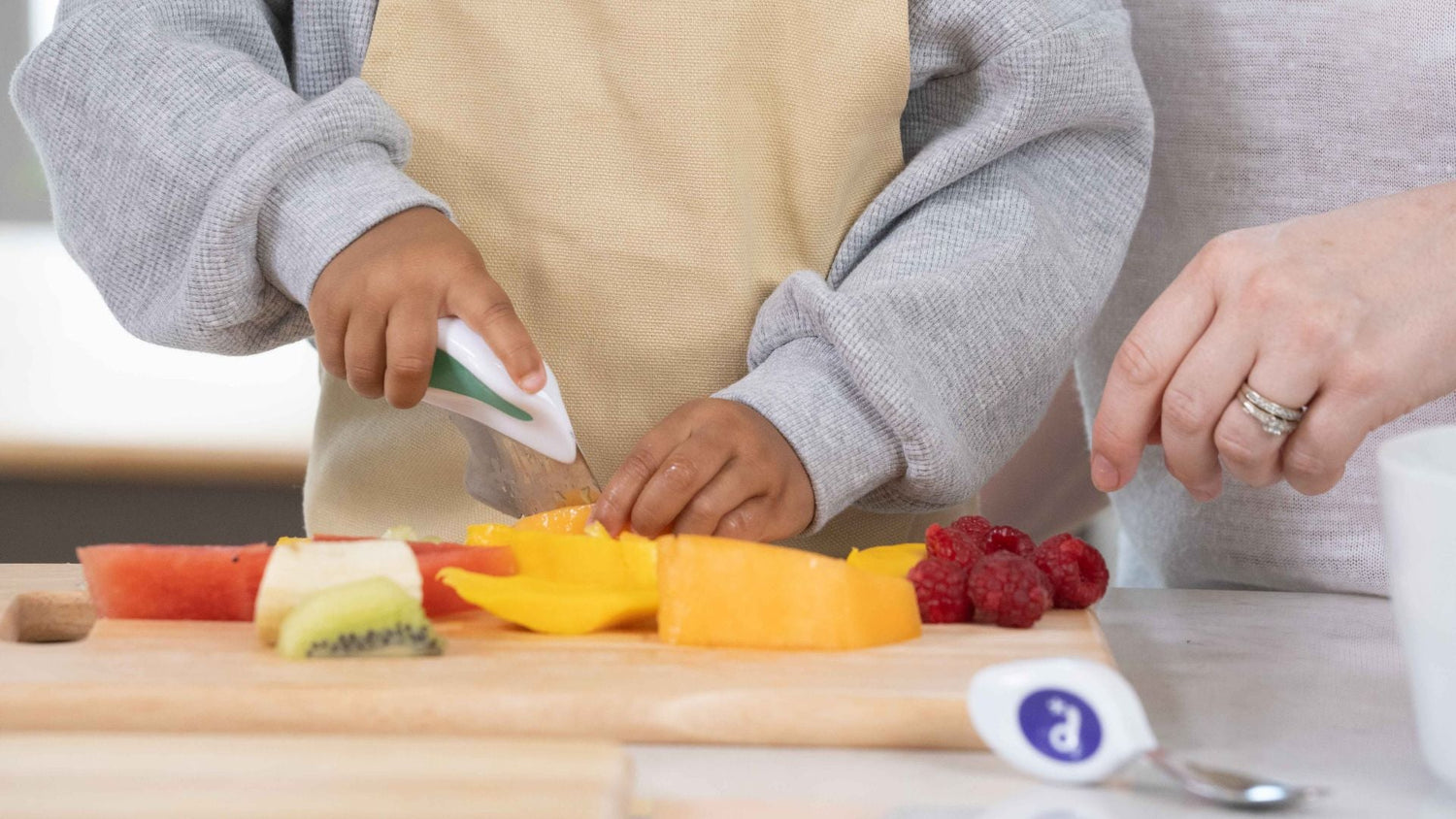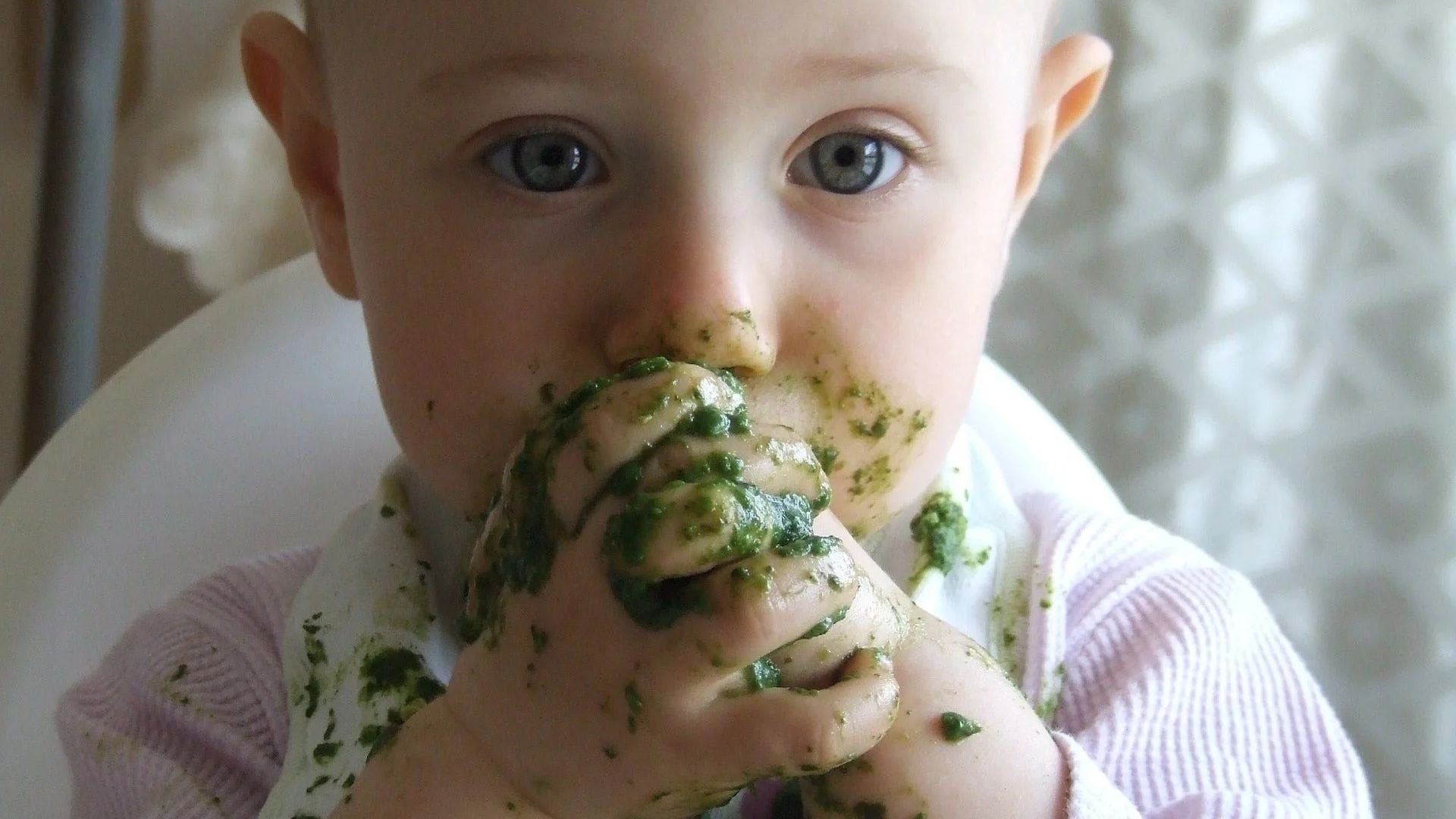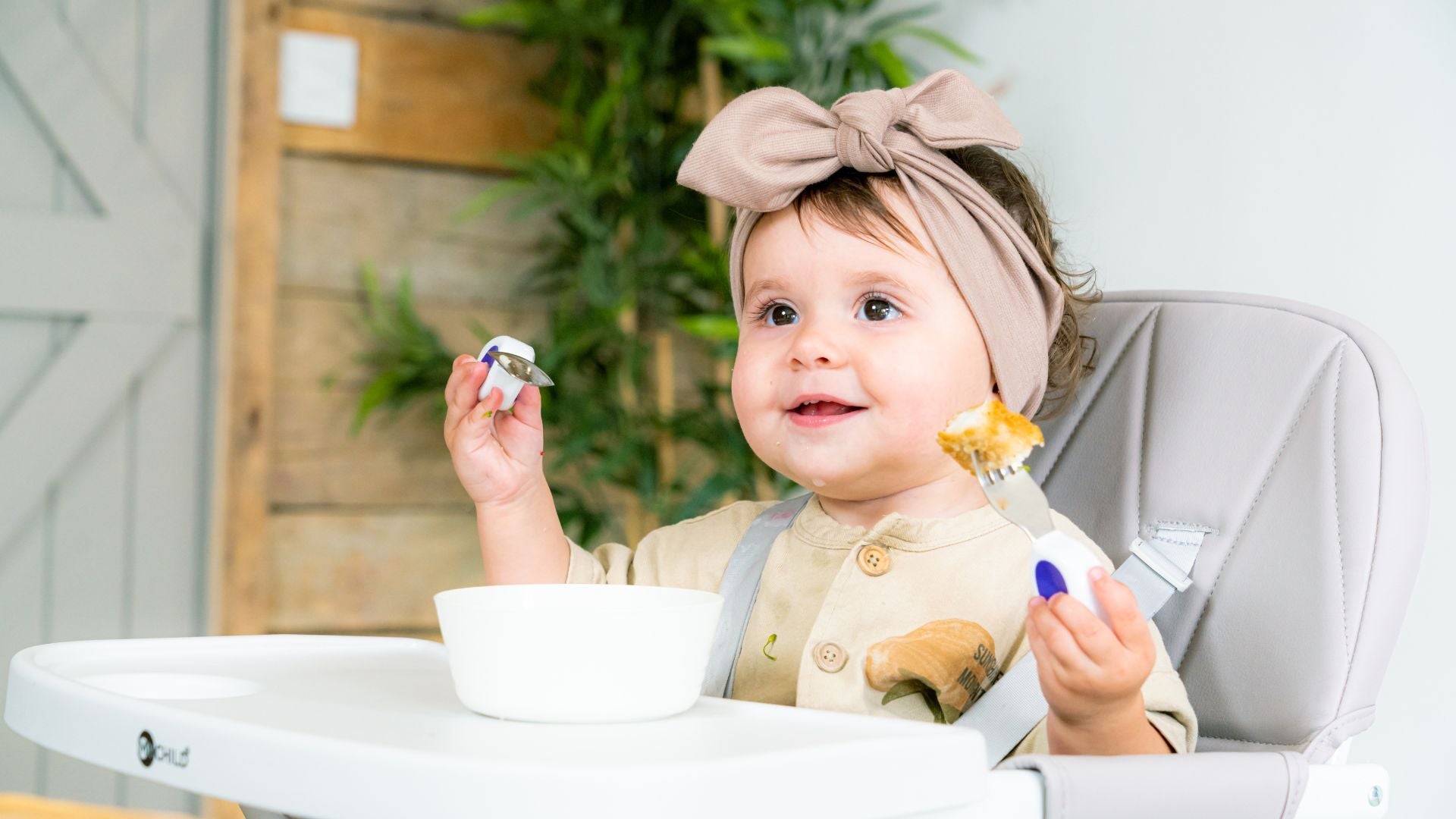Watching a toddler squish their fingers through paint or splash in a puddle isn't just adorable - it's their brain hard at work! Sensory play might look like simple fun (and sometimes mess), but it's actually a powerful tool for development, helping little ones understand their world one squelch, splash, and squeak at a time.
In this guide, we'll explore:
- What sensory play actually means and why it matters
- The key benefits for your child's development
- When and how to start sensory activities
- Simple ideas you can try at home today
- And much more!
Let's dive in and discover how sensory play can engage, delight, and nurture your little explorer!
What exactly is sensory play?

Think of sensory play as a feast for your child's senses. The NHS says children learn best when multiple senses are engaged simultaneously, making sensory play a powerful tool for development. It's any activity that stimulates their:
- Sight (visual)
- Sound (auditory)
- Touch (tactile)
- Smell (olfactory)
- Taste (gustatory)
- Movement and balance (vestibular)
- Body awareness (proprioception)
But it's more than just a sensory buffet - it's a crucial way for children to understand their world. When your toddler pours water between containers or squishes playdough, they're actually conducting their own little science experiments, learning about cause and effect, developing motor skills, and building neural connections.
The benefits of sensory play

Sensory play isn't just about keeping little hands busy - it's a developmental powerhouse. Here's what it supports:
Cognitive development
- Problem-solving skills
- Critical thinking
- Understanding cause and effect
- Memory development
- Language expansion
When your toddler explores how water moves between containers or discovers that playdough can be rolled, they're building crucial cognitive skills.
Physical development
- Fine motor skills
- Hand-eye coordination
- Spatial awareness
- Gross motor control
Activities like scooping, pouring, and manipulating different materials help develop the same skills needed for using cutlery independently and other important life skills.
Emotional and social development
- Self-confidence
- Emotional regulation
- Social interaction
- Communication skills
Research shows that sensory play can have a calming effect on children, helping them manage big emotions and reduce anxiety.
When to start sensory play

The beauty of sensory play is that it's never too early to start! Even newborns engage in sensory exploration through:
- Touching different textures (soft blankets, smooth wooden blocks, bumpy rubber balls)
- Looking at contrasting colours (black and white picture books, bright fruit, patterned toys)
- Listening to varied sounds (gentle rattles, crinkly paper, soft bells)
- Experiencing gentle movement (rocking, bouncing on knees, swaying while being held)
As your child grows, their sensory play evolves. By toddlerhood, they're ready for more complex experiences, from water play to self-feeding.
Simple sensory play ideas for every day

In the kitchen
The kitchen is a sensory playground! Try:
- Exploring different textures during mealtimes
- Squishing soft fruits
- Listening to rice falling into a metal bowl
- Smelling different herbs and spices
Making mealtimes a sensory experience can help develop both fine motor skills and a healthy relationship with food.
In the garden
Nature provides endless sensory opportunities:
- Feeling different leaf textures
- Digging in soil or sand
- Listening to birds and rustling leaves
- Smelling flowers
During bath time
Water play is a sensory goldmine:
- Pouring and splashing
- Playing with bubbles
- Exploring floating and sinking
- Making water music
Creating a sensory-friendly space

Creating a sensory-friendly space doesn't mean dedicating an entire room to play - it's about making small, thoughtful adjustments to your existing space. Think of it as creating little pockets of sensory opportunity throughout your home.
Key elements of a sensory-friendly space:
- Easy-clean surfaces (a plastic tablecloth or splash mat works wonders)
- Storage at child height to encourage independence
- A mix of textures and materials
- Good lighting (natural light where possible)
- Space for movement
- A quiet corner for calm moments
Remember, the best sensory space is one that works for your home. You might create a kitchen drawer filled with safe sensory items like wooden spoons and measuring cups or even designated messy play areas in an easy-to-clean space. Whatever works for you!
Making sensory play part of your routine

Mealtimes
Mealtimes are perfect for sensory exploration. Try:
- Exploring different food textures
- Using toddler cutlery to develop touch and motor skills
- Discussing food smells and tastes
Playtime
Incorporate sensory elements into regular play:
- Add textured materials to toy boxes
- Create simple sensory bins
- Include musical instruments
Quiet time
Even calm moments can be sensory-rich:
- Provide soft, tactile books
- Use gentle lighting
- Play calming music
When to seek additional support
While every child engages with sensory experiences differently, some might need extra support. Consider talking to your GP if you notice:
- Extreme reactions to sensory inputs
- Consistent avoidance of certain sensations
- Difficulty with daily sensory experiences
Embracing the sensory journey

Remember, sensory play doesn't have to be complicated or expensive. The most important thing is providing opportunities for safe exploration and supporting your child's natural curiosity.
Looking to make mealtimes a more engaging sensory experience? Discover how the right toddler cutlery can support your little one's sensory development and independent eating skills. After all, childhood is a time for exploration, discovery, and yes, sometimes a bit of mess.
Embrace the journey - those paint-covered hands and soggy sleeves are signs of learning in action!




Hinterlasse einen Kommentar
Diese Website ist durch hCaptcha geschützt und es gelten die allgemeinen Geschäftsbedingungen und Datenschutzbestimmungen von hCaptcha.